In the midst of all the crazy things that have happened in our pandemic year, it’s easy to lose track of other developments. But despite the hardship of the lockdowns and the pandemic itself, the world isn’t sitting still. We’ve seen some stunning advancements not related to the pandemic, including some very nifty gadgets. Here are just some of them.
The robot dog by the name of Spot

Remember those unsettling robot dog videos trying to go down stairs and open doors? Spot is their leader. The robot by Boston Dynamics has been in development for a few years now, but it’s gone on sale in 2020, for the hefty sum of $74,500 — and this was also the year that Spot was really put to good use.
Spot is agile, robust, and can navigate rugged terrain with unprecedented mobility. Its software is downloadable and upgradeable (available on GitHub) if you’re up for the task, and are willing to pay the price of a luxury car to get the robot itself.
Spot isn’t exactly a companion (though he can also play that part, and he’s a pretty good dancer actually) — he’s more of a utility dog. From patrolling hazardous sites and abandoned buildings to monitoring construction sites and offshore oil rigs, Spot can be sent where it would be too dangerous for humans. Different companies (and even governments) are already putting the robot dog to good use. For instance, Spot is patrolling the parks of Singapore warning people to not stay too close to each other.
A little bit dystopian? Maybe. Useful? Definitely.
Drones taking to the oceans
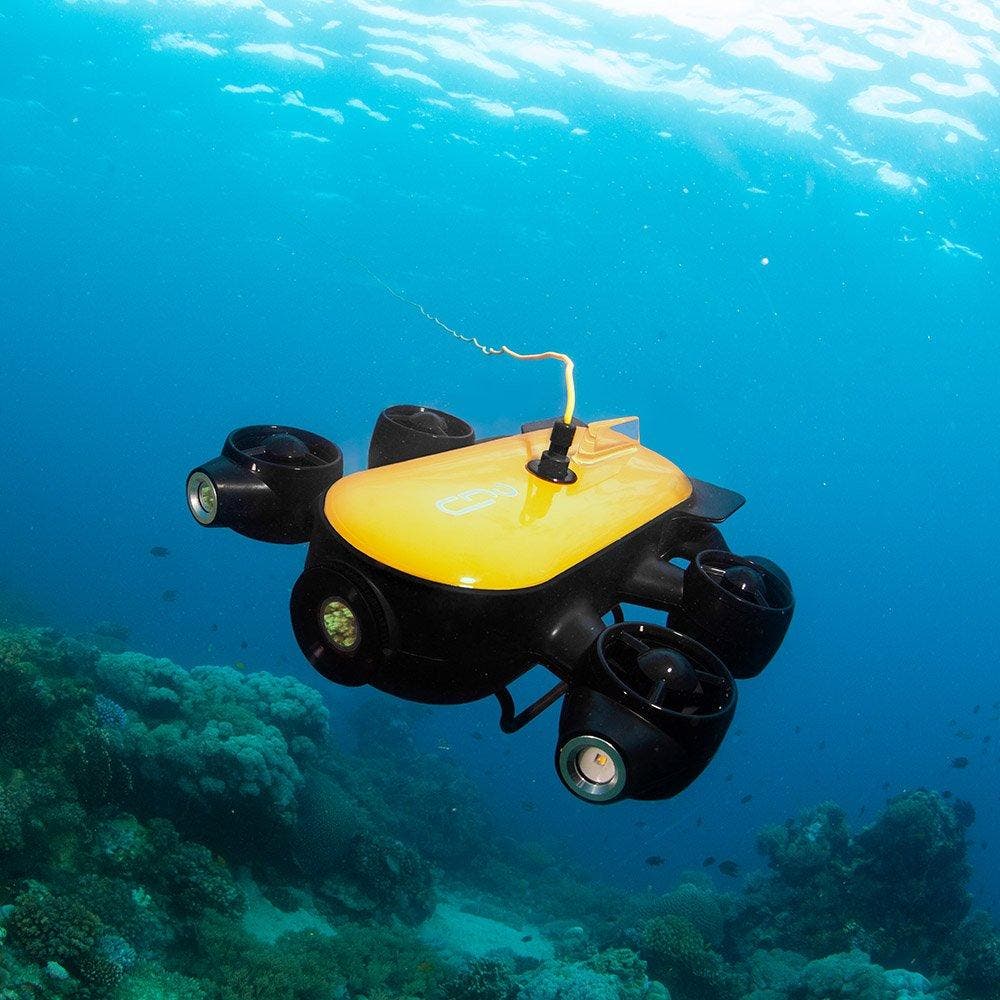
Drones are as cool and useful as ever (and they’re actually becoming more and more present in science and environmental monitoring), but they’re not exactly a new gadget. Well, at least air drones. Underwater drones, however, are pretty new and interesting.
An underwater drone is a submarine in the same sense a ‘regular’ drone is a helicopter. Biologists have been using ROVs (Remotely Operated underwater Vehicles) for a few years to study corals, fish, and explore the subsurface — now, you can get your own version. Several companies are already working in the field, but US-based Geneinno seems to be one of the pioneers in the field, and their ROVs (or underwater drones, which just sounds better) are now available to the public.
The Lego Bugatti

Nowadays, you can build anything and everything from Lego — but few things are as awesome as the company’s Technic branch. You basically build your own, realistic and fancy model cars, from the likes of a Ferrari or a Lamborghini to a Jeep Wrangler or even a race plane.
The cars have accurate real-life functions, such as a gearbox and a steering wheel, connected just like the real thing (there’s even a Lego engine). This is not for the inexperienced builder and not for those without patience, but it can make for a stunning little home gadget. But if you’re looking to build your own Lego fancy car, this is as good as it gets in 2020.
The Raspberry Pi Compute Module 4 — a card-sized computer
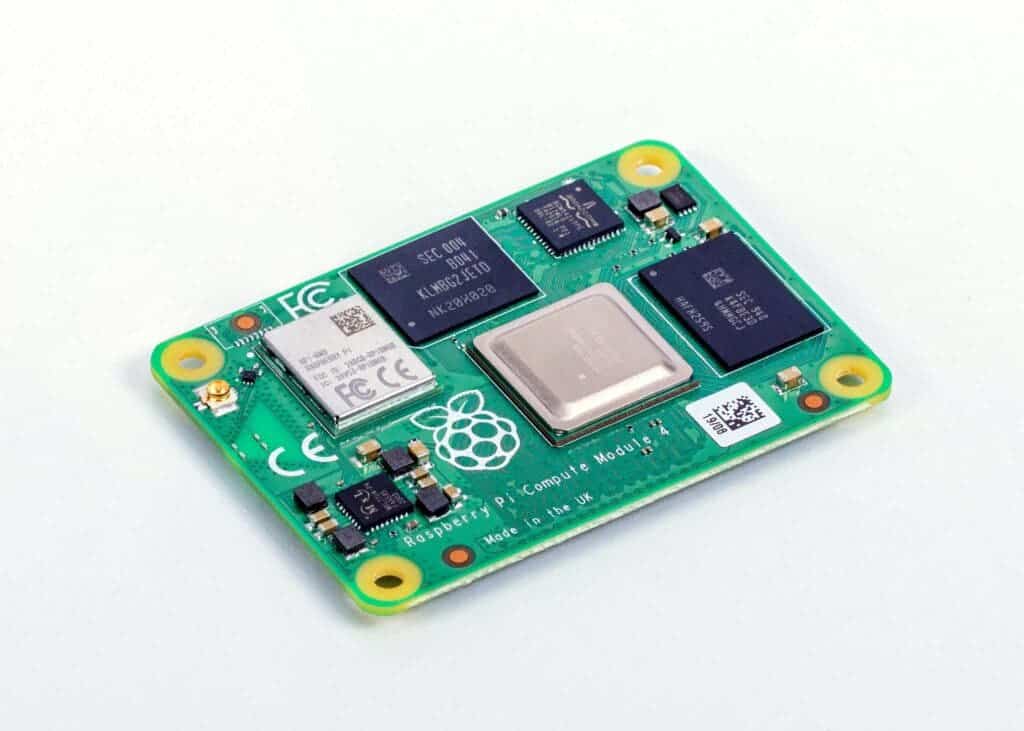
What you see here, just slightly bigger than a coin, is a full-on computer — and it goes for about $25. The Raspberry Pi Foundation is already well-known to those interested in the Internet of Things (IoT) and gadgets, as well as those looking for cheap computing alternatives.
Raspberry Pi’s are small, single-board computers that can function either stand-alone, or as part of other applications (typically involving some form of sensors). The new mini version includes a 64-bit quad-core processor, graphics support, hardware decoder, HDMI ports, USB ports, a PCI interface, camera interfaces, at least a gigabyte of memory, flash storage, clock and battery backup, a wireless option, an ethernet option. If you’d like to start diving into the world of IoT or just getting started with some offbeat computing, this is definitely one of the best places to start — and it won’t break your budget either.
Futuristic AI fitness work-from-home mirrors

Staying fit is never easy, especially in a year like this when we’ve had to deal with the pandemic and all the stress and uncertainty — while mostly staying home. But somehow, one feels that having a futuristic AI mirror assistant could help with that.
The new Forme by Fuseproject is a 43-inch screen with 4k resolution and stowable arms for resistance training. It’s your very own one-on-one personal assistant working out with you in the comfort of your home. You can do various types of resistance training, and the screen helps you see what your virtual trainer is doing and try to do the same thing (you can also see yourself and improve your form). You can opt for pre-recorded workouts or a specialized routine, but the machine’s AI also analyzes your workout schedule and progress and constantly tweaks and adapts for optimum performance.
The world’s first graphene headphones
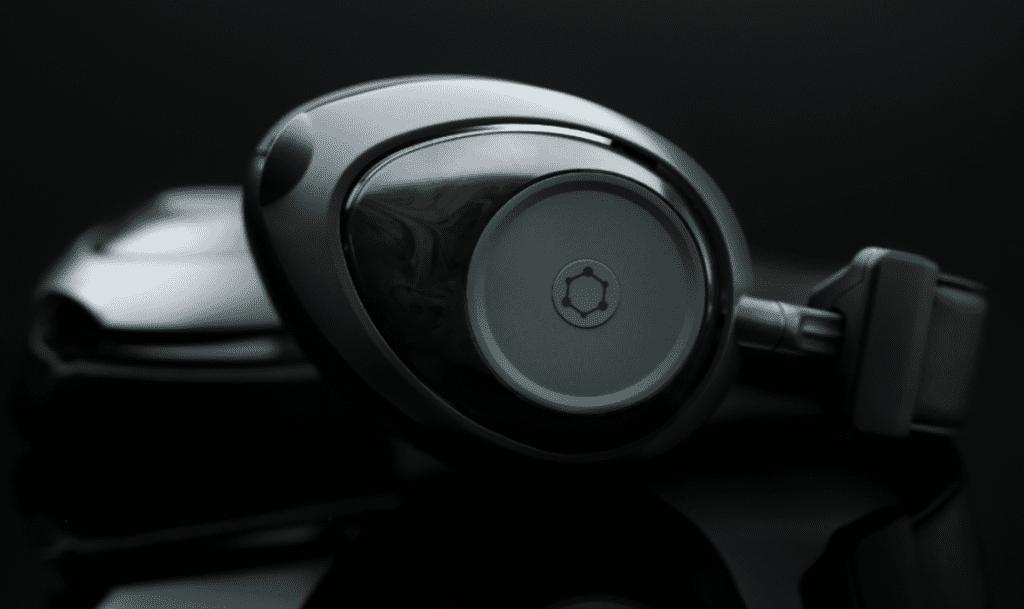
Since its recent discovery, graphene has been touted as a wonder material with myriad applications ranging from renewable energy to spacesuits. While graphene has undoubtedly had an important impact on science, we, the profane consumers, are happy to see it make an impact on something more down to earth: music.
Ora headphones are the world’s first graphene headphones, supported by one of the very inventors of graphene, Nobel Laureate Konstantin Novoselov, and they’re one of the first graphene products to hit the shelves. The quality of the headphones shows in the sound quality, and the design is quite unique.
The Robot kitchen
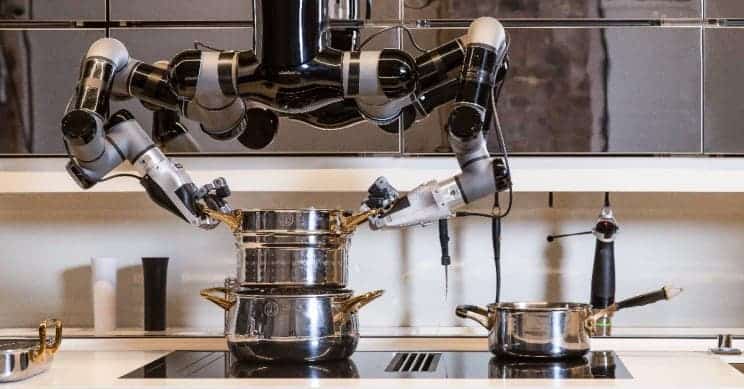
Robots can already do many things, but if they can’t cook a good dinner, how good are they really? Well luckily, that’s no longer a problem — at least if you can spare a six figure sum for the fully automated Moley kitchen. The system features two robotic arms and an array of sensors and cameras that not only cook your meal but also wash everything after they’re done.
For now, the system can produce 30 dishes (all developed by top chefs), but the digital menu will soon be expanded to over 5,000 choices. It’s truly one robot worth sinking your teeth into.
A wearable sensor that tells you what’s in your blood

This noninvasive skin-adherent sensor printed on microbial nanocellulose is essentially a 1.5 by 0.5 cm thin sheet that can detect a range of biomarkers, from sodium and potassium to lactic acid and glucose. It can even be used to track the level fo atmospheric pollutants. In addition to medical uses, it could, for instance, be used when working out (to tell you when you should take it easy), or for detecting glucose and warning when you should lay off the cake.
To make things even better, the material is breathable and doesn’t include plastic. The Brazilian researchers who developed it are now looking to see what products would offer the best integration.
The Smart Garden 6
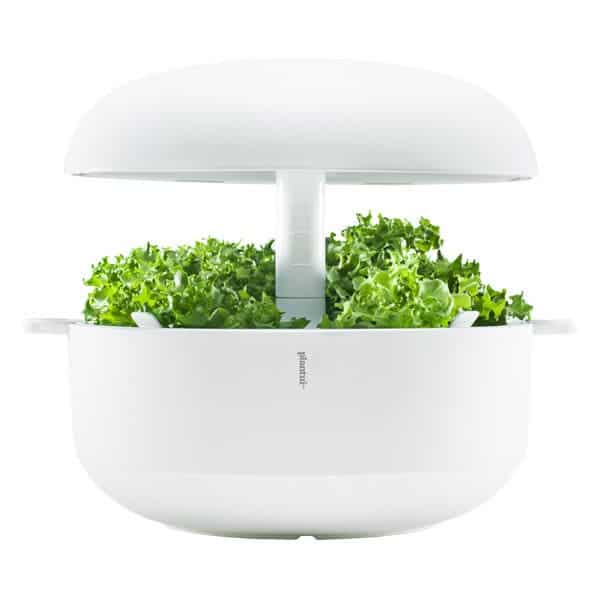
Let me guess — you’re still using plastic pots to grow plants in? That’s so 2019. This small, chique automated plant grower by the Finnish Design Shop lets you grow your own herbs and salads with minimum hassle.
Not only does it pump its own water from time to time (you just need to fill the tank), but it also has 18 high-end LED lights which ,according to the producer, “provide the best spectrums and intensity needed to create perfect germination and growth conditions for your greens”
***
Disclaimer: obviously, this is meant to be a subjective list and does not reflect any endorsement. If you feel any gadgets should be added on this list, feel free to add them in the comment section.






